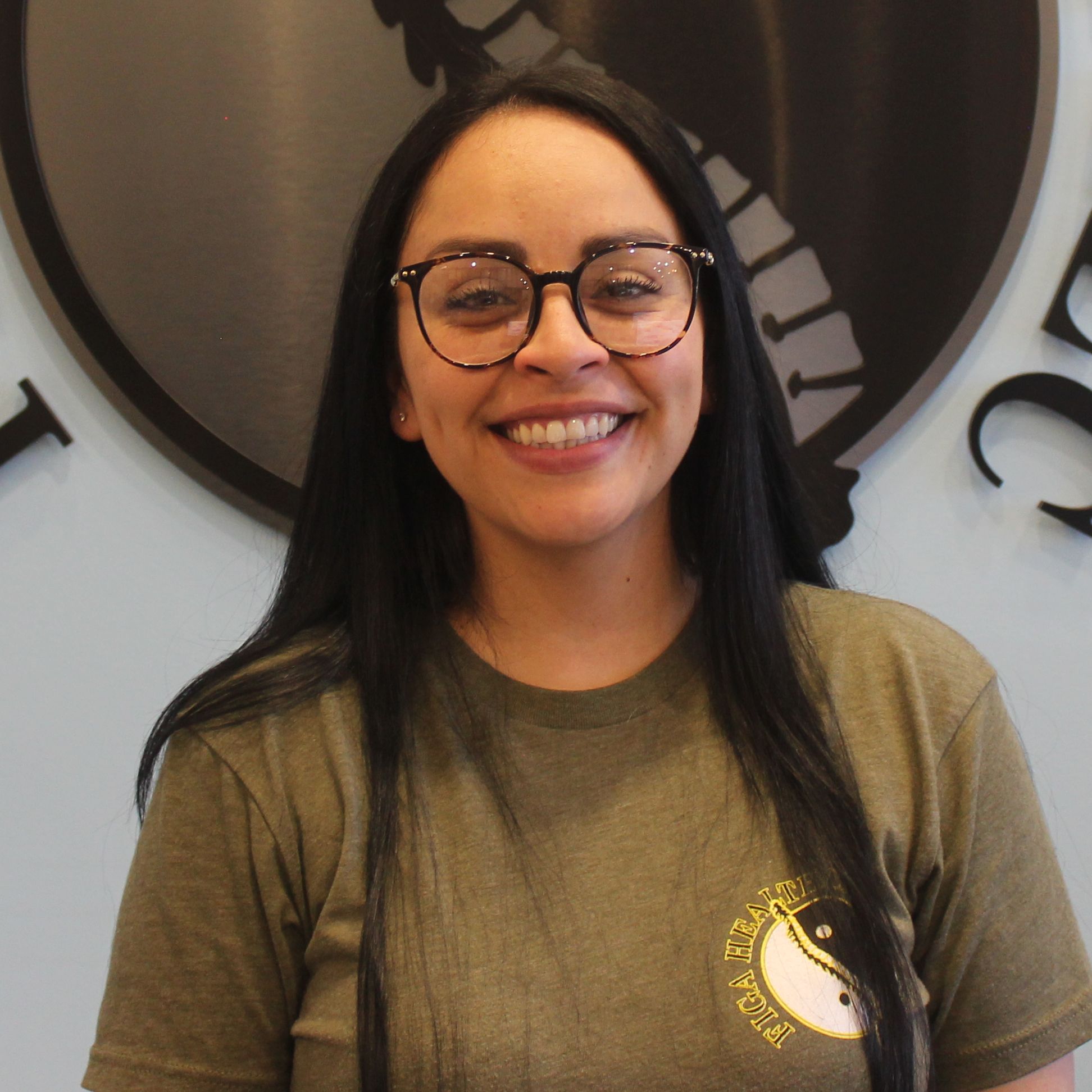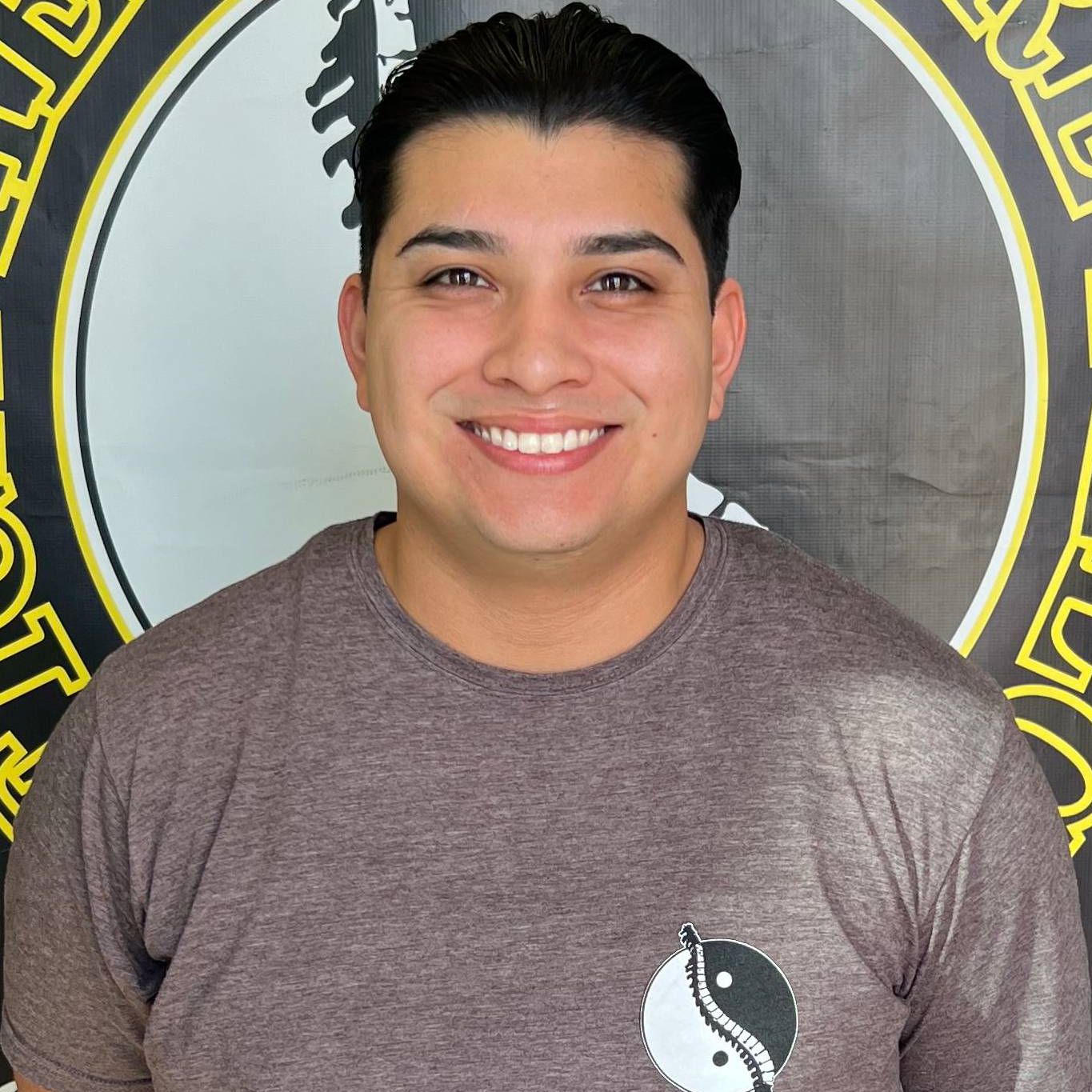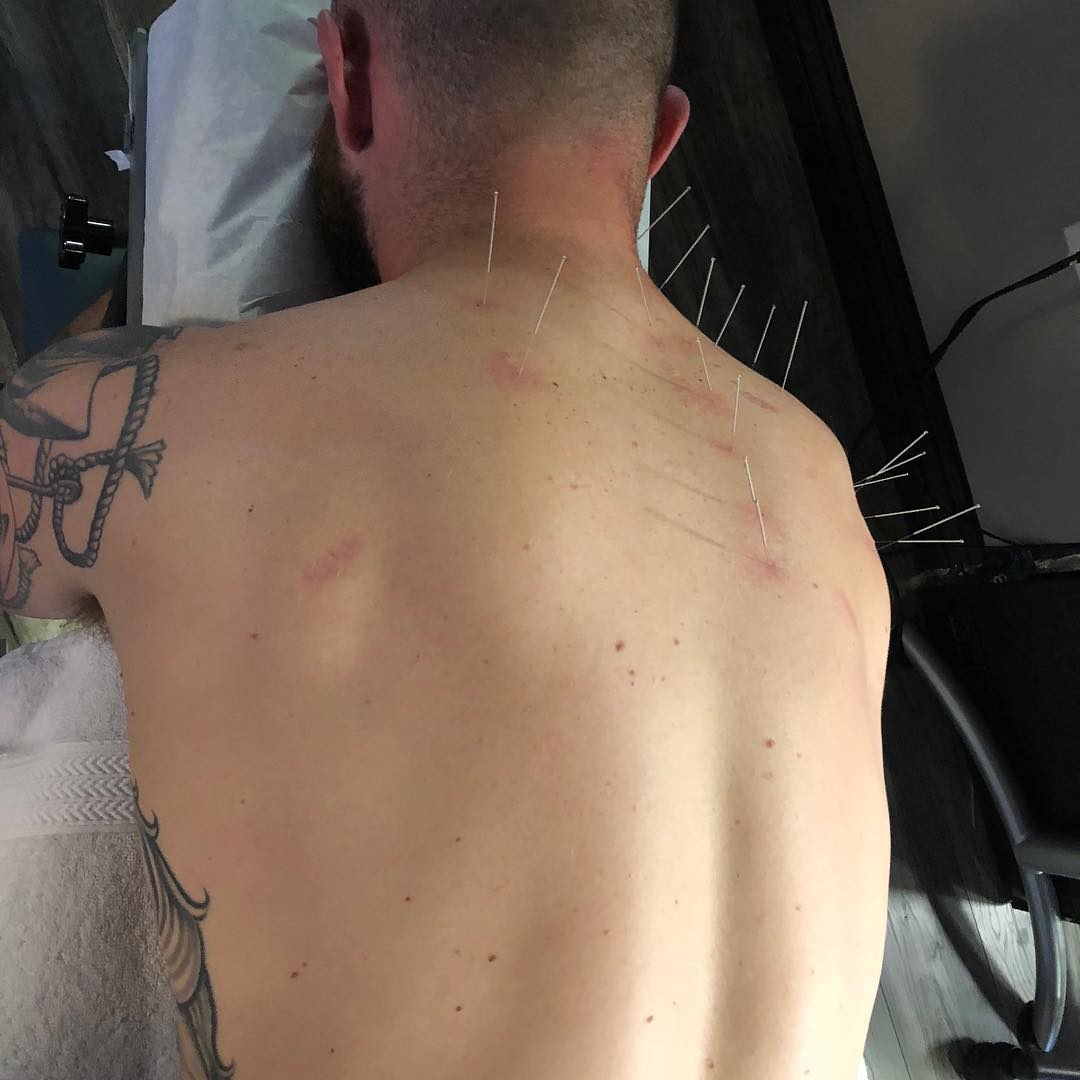
Dr. Figa is one of the only doctors in Arizona certified in both Acupuncture and Dry Needling. He uses both techniques together during treatments which results in a faster healing response, quicker treatment time per visit and lower cost to patients
What is dry needling?
Dry needling is an invasive procedure in which a solid filament needle is inserted into the skin and muscle directly at a myofascial trigger point.
Trigger Point Dry Needling at Figa Chiropractic & Acupuncture
Myofascial pain, or “trigger point” pain is often the source of chronic pain and dysfunction, yet it is widely ignored by many healthcare providers. Dr. Laci Figa has advanced credentials in the technique of dry needling.
What type of problems can be treated with dry needling?
Dry needling can be used for a variety of musculoskeletal problems. Muscles are thought to be a primary contributing factor to the symptoms. Such conditions include, but are not limited to:
• neck/back/shoulder pain
• tennis elbow
• carpal tunnel
• golfer’s elbow
• tension headaches and migraines
• jaw pain
• sciatica
• hamstrings strains
• calf tightness/spasms
The treatment of muscles has the greatest effect on reducing pain mechanisms in the nervous system.
How does dry needling work?
The exact mechanisms of dry needling are not known. There are mechanical and biochemical effects. Based on the pioneering studies by Dr. Jay Shah and colleagues at the National Institutes of Health, we know that inserting a needle into trigger points can cause favorable biochemical changes, which assist in reducing pain. It is essential to elicit so-called local twitch responses, which are spinal cord reflexes. Getting local twitch responses with dry needling is the first step in breaking the pain cycle.
Is the procedure painful?
Most patients do not feel the insertion of the needle. The local twitch response elicits a very brief (less than a second) painful response. Some patients describe this as a little electrical shock; others feel it more like a cramping sensation. Again, the therapeutic response occurs with the elicitation of local twitch responses and that is a good and desirable reaction.
What side effects can I expect after the treatment?
Most patients report being sore after the procedure. The soreness is described as muscle soreness over the area treated and into the areas of referred symptoms. Typically, the soreness lasts between a few hours and two days.
What should I do after having the procedure done?
Our recommendations vary depending on the amount of soreness you have and on the individual response to the treatment. Recommendations may include applying heat or ice over the area, gentle stretches and modifications of activities.
How long does it take for the procedure to work?
Typically, it takes several visits for a positive reaction to take place. Again, we are trying to cause mechanical and biochemical changes without any pharmacological means. Therefore, we are looking for a cumulative response to achieve a certain threshold after which the pain cycle is disturbed.
Why is my doctor not familiar with dry needling?
In the US, dry needling is a relatively new method for treating myofascial pain and not everyone is already aware of this effective modality. Feel free to inform your doctor about this treatment option. It is upon all of us to educate others about new and innovative ways to treat pain.
Where does dry needling fit in the entire rehabilitation program?
Generally speaking, dry needling is the modality of choice when it comes to treating patients in the clinic. More frequently, dry needling is needed in the beginning in order to break the pain cycle. Once that is achieved, other treatment options are introduced.
Once I am feeling better, how often do I need to come back to maintain my progress?
The musculoskeletal system is under constant pressure from gravity, stress, work etc. A regular exercise program combined with good posture can prevent many problems.
If the pain comes back, “tune-ups” are recommended to treat and prevent serious injuries with trigger point dry needling.
Location

Our Team




